English Heritage sites near St. Lawrence, Ilketshall Parish
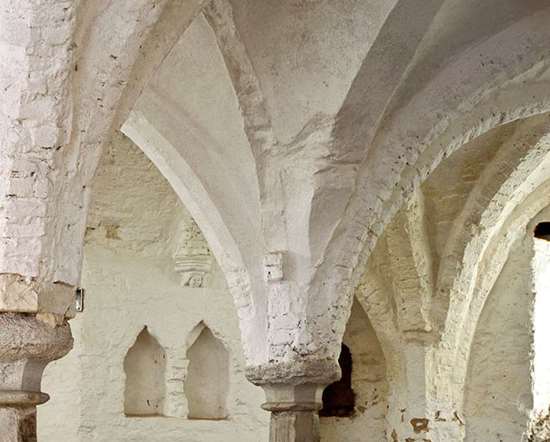
ST OLAVE'S PRIORY
10 miles from St. Lawrence, Ilketshall Parish
The wonderfully complete 14th century brick-vaulted refectory undercroft - later a cottage occupied until 1902 - of a small Augustinian priory.
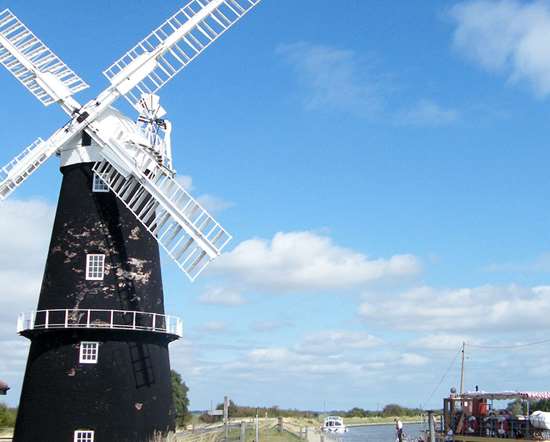
BERNEY ARMS WINDMILL
14 miles from St. Lawrence, Ilketshall Parish
Visit one of Norfolk's best and largest extant marsh mills, built to grind a constituent of cement and in use until 1948, finally pumping water to drain surrounding marshland.
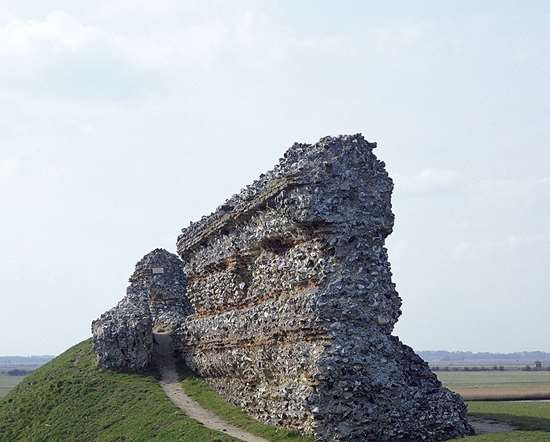
BURGH CASTLE ROMAN FORT
14 miles from St. Lawrence, Ilketshall Parish
The imposing stone walls, with added towers for catapults, of a Roman 3rd century ‘Saxon Shore’ fort. Enjoy panoramic views over Breydon Water, into which the fourth wall long since collapsed.
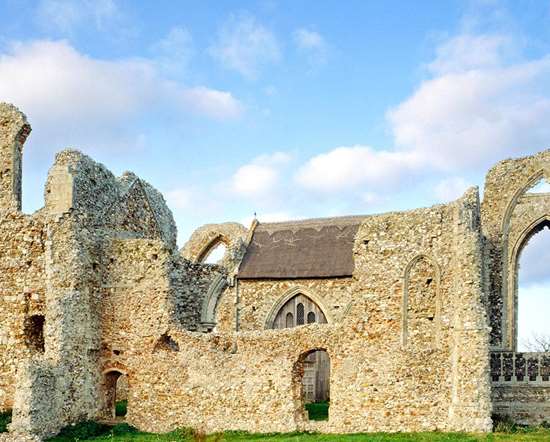
LEISTON ABBEY
14 miles from St. Lawrence, Ilketshall Parish
The mainly 14th century remains of an abbey of Premonstratensian canons. Among Suffolk’s most impressive monastic ruins, with some spectacular architectural features.
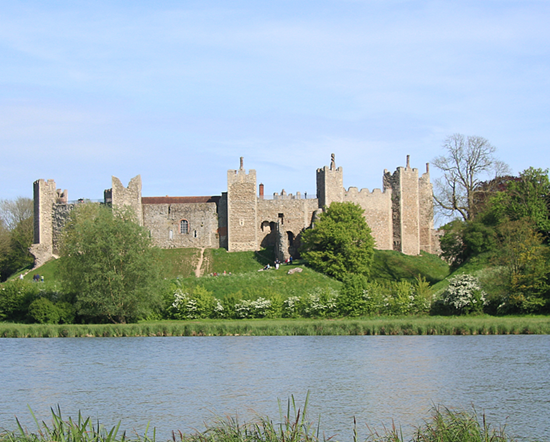
FRAMLINGHAM CASTLE
14 miles from St. Lawrence, Ilketshall Parish
Framlingham Castle is a magnificent 12th century fortress with a long and colourful past which makes a fascinating family day out in Suffolk.
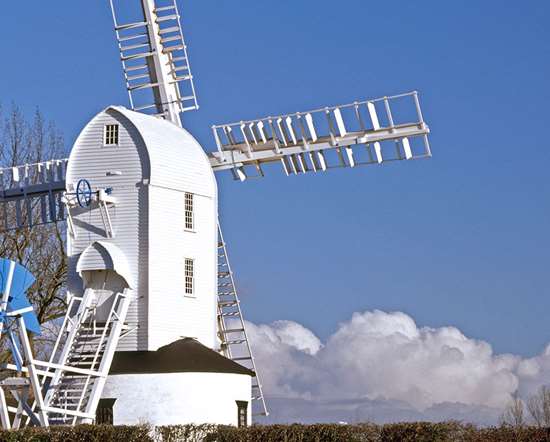
SAXTEAD GREEN POST MILL
15 miles from St. Lawrence, Ilketshall Parish
Saxtead Green Post Mill is a corn mill, whose whole body revolves on its base and was one of many built in Suffolk from the late 13th century.
Churches in St. Lawrence, Ilketshall Parish
Ilketshall St Lawrence, St Lawrence
Top Road
Ilketshall St Lawrence
Beccles
01986 781345
The Church stands on the site believed to be a Roman Army Staging Post of considerable historic importance, of about 1 acre. The Roman "Stone Street", runs between Bungay and Halesworth and the legions' camps guarded the road from the site. There is little doubt that the present Church stands on the site of an old pagan temple in which there has been continuity of worship for fifteen hundred years or more.
There is evidence that the first part of the Church was on this site in 1086 and with it there was 20 acres of land valued at 2 shillings. The Church was appropriated by the Countess Gundreda, its foundress, to Bungay Priory during the reign of Henry II (1154-1189). At the Dissolution it became a perpetual curacy.
The main part of the Church is thought to have been built early C12th. The evidence of this is the rough flint quoins (the outside corner stones at the angles of the building) at the north east corner of the nave and the regularly coursed flints nearby. The Church has within its walls Roman tiles which must have been about 1,000 years old when the builders handled them. On the external east wall of the porch, a small face can be found set in amongst the stone. A similar face can be found amongst the relics on Hadrian’s Wall, and is thought by some to be part of a small Roman household god.
The early C15th font bears shields on its octagonal bowl, although, unfortunately, these now show no arms, but they would have originally been painted. There are shallow paterae (ornaments in bas-relief often used as enrichment to decoration) in the mouldings. The bowl is supported by figures of angels minus their noses - an example of past mutilation, most probably by Cromwell's soldiers.The small arched recess in the north wall of the C14th Chancel dates to about 1300 could be an Easter Sepulchre. On Maundy Thursday, bread was consecrated for the communion and placed here, to be consumed the following day at Good Friday's Mass. Until the Reformation, the Sepulchre would be watched over from Good Friday to Easter Day in the belief that Christ would finally appear one Easter morning. Sometimes the watchers were paid. The Easter Sepulchre appears to be sited in the priest's door and as there is an outline of another door in the south wall, it may be that as there was a need for the Easter Sepulchre to be in the traditional place, the priest had to make himself a door in the other wall. This is also now blocked off.
On the north wall of the Chancel is a memorial to Anthony Style "late Impropriator of this Church" who died in 1739. Opposite is commemorated the 10 year old daughter of James and Sarah Chapman of Bungay whose death occurred in 1819. Resting on top of this monument is all that remains of a C17th wooden grave cross. It is the cross beam and is dated 1695.
As a record of Ilketshall St. Lawrence's part in the First World War, there is a tablet on the north wall of the Nave giving the names of the men who fought in the War and never returned.
St Lawrence is still an active church and open daily for private prayer and reflection. A rota of Sunday Services is posted on the Notice Board in the porch.
During 2004 major restoration work was carried out on the building which was funded by both English Heritage and local fund-raising activities. In celebration of this a major Flower Festival was held in September 2006 which brought in a large number of visitors. This same year the Coat of Arms of George II was restored.No churches found in St. Lawrence, Ilketshall Parish
